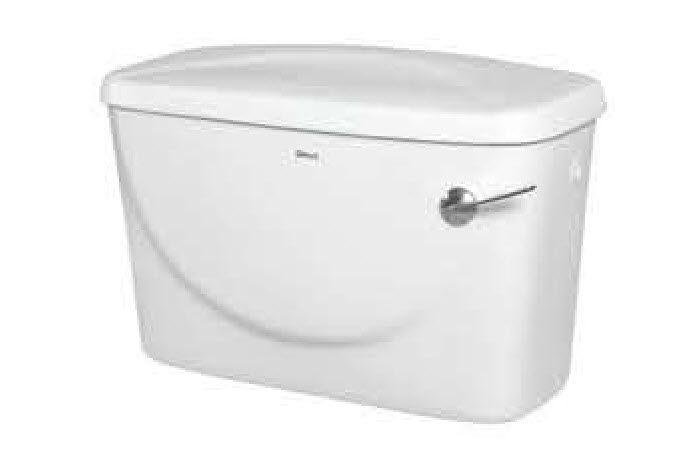
There are many different flushing mechanisms used in toilets. Some of these systems have a number of advanced features that make them more efficient and effective.
One of these is the use of a pressure-assist operating system in tank-type toilets. They use a small pressure-assist cylinder to force air out of the main flush tank as water fills, which helps generate a stronger flushing force.
Water Level Sensors
Water level sensors detect the presence of liquids by sensing a change in liquid level. These devices come in a variety of forms, including the common "float" type.
This is probably the most common type of level sensor used in toilets. It uses a float on the end of a lever to control a valve that blocks the flow of water into the tank until it reaches a predetermined level.
Once the float reaches the desired level, it forces the fill valve to shut off. This stops the water from flowing into the tank and allows it to empty into the bowl.

Hydraulic Cylinder
Hydraulic cylinders are used for a wide range of applications, including lifting, pushing, pressing and holding. They can be made from steel or aluminium.
A hydraulic cylinder contains a piston with a rod that sticks out of one side (or both sides for a double rod cylinder). The cylinder head also has sliding rings and seals.
There are several different styles of hydraulic cylinders, including welded, tie rod, telescopic, and industrial NFPA tie rod cylinders. Tie rod style cylinders use high-strength threaded steel rods to hold the two end caps on the cylinder barrel.
Hydraulic Actuator
A hydraulic actuator is a type of linear actuator that uses an incompressible fluid from a pump to move a piston inside a cylinder. The pressure forces the piston to move, and the flow rate of the fluid can be altered to control speed.
Hydraulic actuators are based on the principle of Pascal’s Law, which states that the pressure applied at a specific point in a confined fluid is transmitted equally throughout the liquid without loss.
They are suited for high force applications and can produce 25 times more force than pneumatic cylinders of the same size. They can operate in pressures of up to 4,000 psi.
Hydraulic Lever
A hydraulic lever is used in many hydraulic systems to connect two cylinders. The non-compressible fluid within the pipes allows for a much higher force to be applied to the smaller cylinder than to the larger one.
For example, a large cylinder connected to a small cylinder via a pipe will apply a force of F1 to the smaller cylinder and will travel a distance of d1. This is because the large cylinder is much larger in area than the small cylinder.
Stopper
A stopper is the part of a toilet that helps to control the flushing mechanism. It can be a simple, small piece of metal that sits on top of the opening in the water tank.
The lever that is attached to the flush handle connects to this stopper and when the handle is pushed down, it moves this piece of metal up. It then lifts the flapper off of the flush valve opening and allows water to flow down to the bowl for flushing.
Refill Valve
The refill valve, also known as a ballcock, fills the tank after every flush. If it stops working, your toilet can become inefficient and cause a high water bill.
A typical ballcock has a rubber ball on a rod that floats on top of the tank. As water fills the tank, the float raises until it shuts off the flow.
A newer type of fill valve has a plastic float that attaches to a connector rod. This float can be adjusted to set the top stop by adjusting the pinch clamp on the rod.
Make an Appoinment
Send us Message
Visit us at Address
Vagadiya Road, Thangadh - 363530,
Gujarat, India.
Gujarat, India.
© Copyright 2024, Orient Ceramics, All Rights Reserved.
Web Design & Development by Opal Infotech